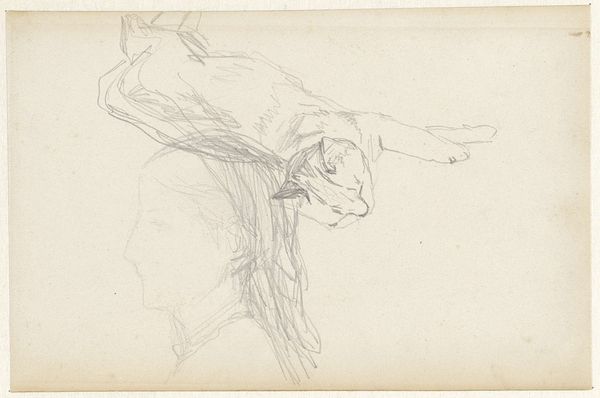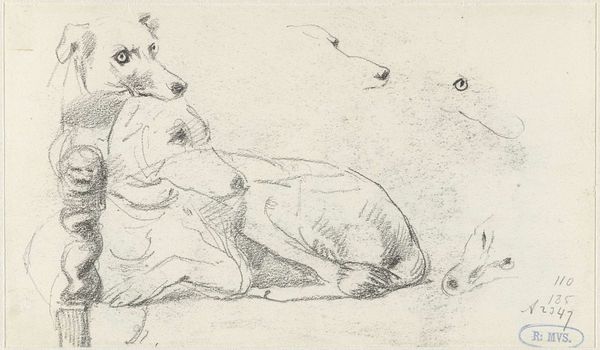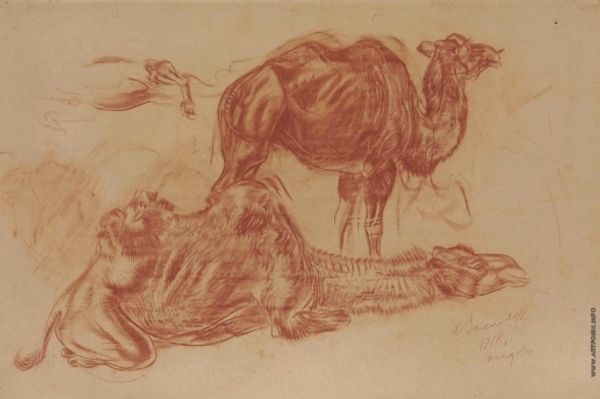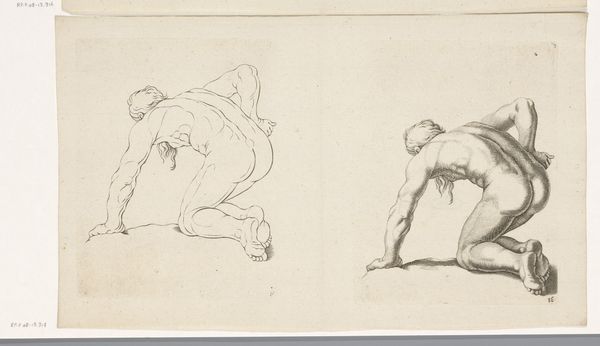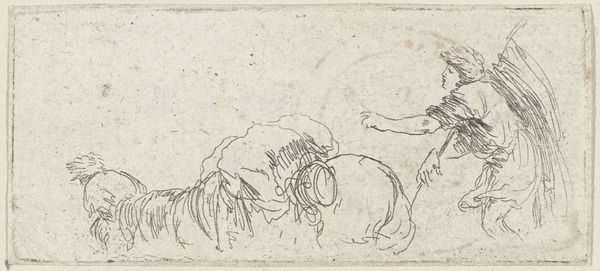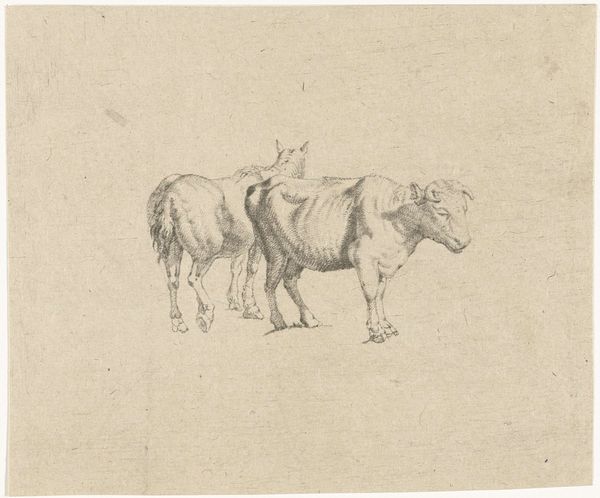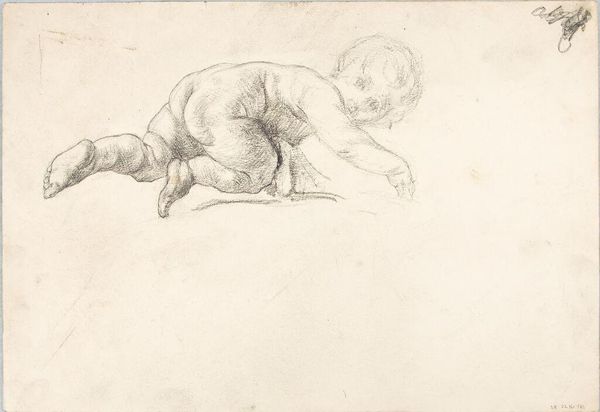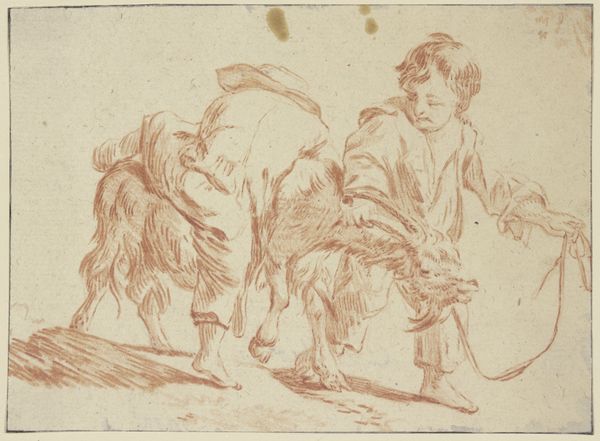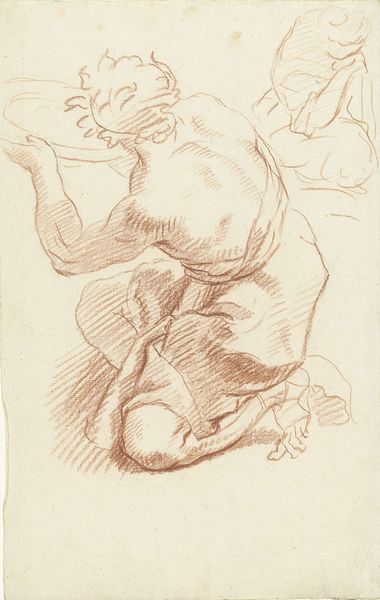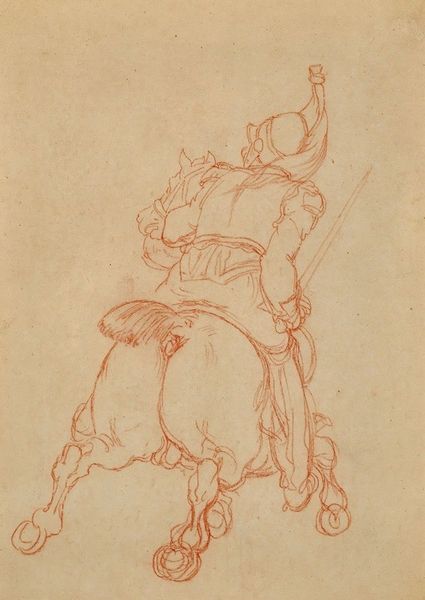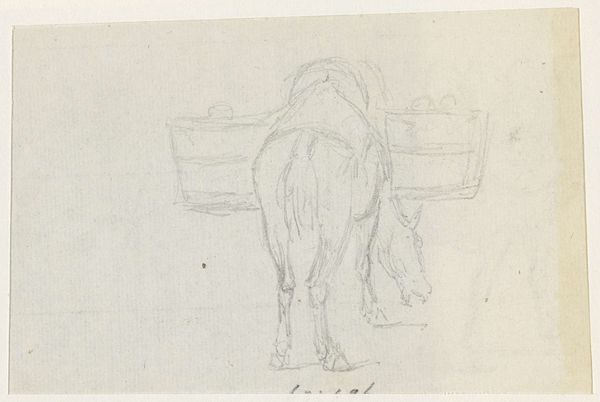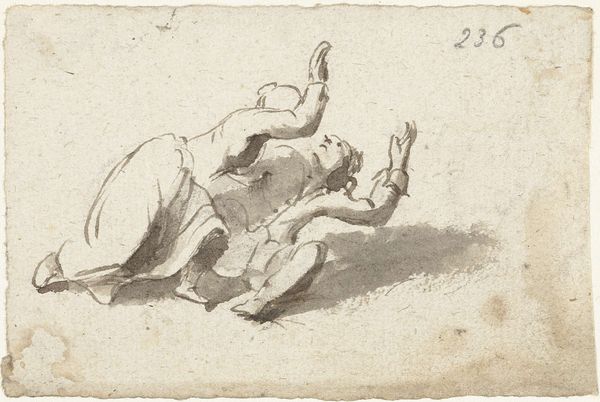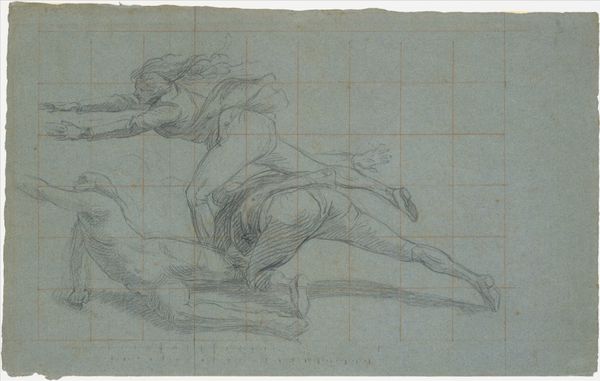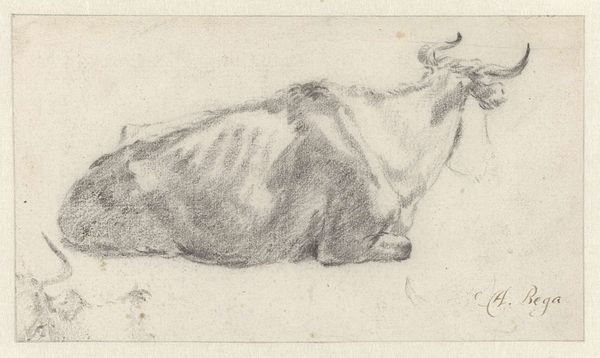
drawing, paper, pencil
#
drawing
#
dutch-golden-age
#
pencil sketch
#
landscape
#
figuration
#
paper
#
pencil
#
pencil work
#
genre-painting
#
realism
Dimensions: height 264 mm, width 380 mm
Copyright: Rijks Museum: Open Domain
Editor: This is Moses ter Borch's "Horse and Reclining Man," a pencil drawing on paper, from around 1656 or 1657. The drawing feels intimate, almost like a fleeting glimpse into a private moment. What strikes you about this piece? Curator: It's interesting to consider this work within the context of the Dutch Golden Age, a period marked by a rising merchant class and an increased demand for genre scenes. How do you think a simple drawing like this reflects or maybe even subverts the artistic conventions of the time? Editor: I suppose, compared to the highly finished paintings we often associate with the era, this feels much more casual, almost democratic, focusing on an everyday scene. The reclining man and the horse, they’re not idealized or heroic. Curator: Exactly. Ter Borch seems to be capturing a slice of life. But let’s consider the institutions shaping art at the time. Guilds still held considerable power. Do you think a quick sketch like this was intended for public display or private study? Editor: Probably private. It seems too informal for the grand public displays that were gaining traction then. Perhaps it was practice for a larger composition, or just a personal observation. Curator: And that informs our understanding of its value, doesn’t it? The Rijksmuseum acquiring and displaying it elevates the status of something originally intended for personal use. Do you see anything in their positioning, the horse and the man, relating to social relations or even tensions? Editor: Hmm, that's an interesting question! The man is leaning against the horse. Is this a master and servant dynamic? The lack of space on the sheet brings them almost too close. That would certainly imply a power dynamic if it's what I suspect. Curator: Precisely. Examining the social and economic dynamics makes us question the apparent simplicity of the scene. This drawing serves as a valuable document of everyday life but reminds us how artistic conventions can shape perceptions of those dynamics. Editor: It’s fascinating how considering the historical and social context changes the way you interpret such a simple image. Thanks, that was enlightening! Curator: Indeed. It's always rewarding to consider how socio-political lenses influence our understanding of art's public role.
Comments
No comments
Be the first to comment and join the conversation on the ultimate creative platform.
